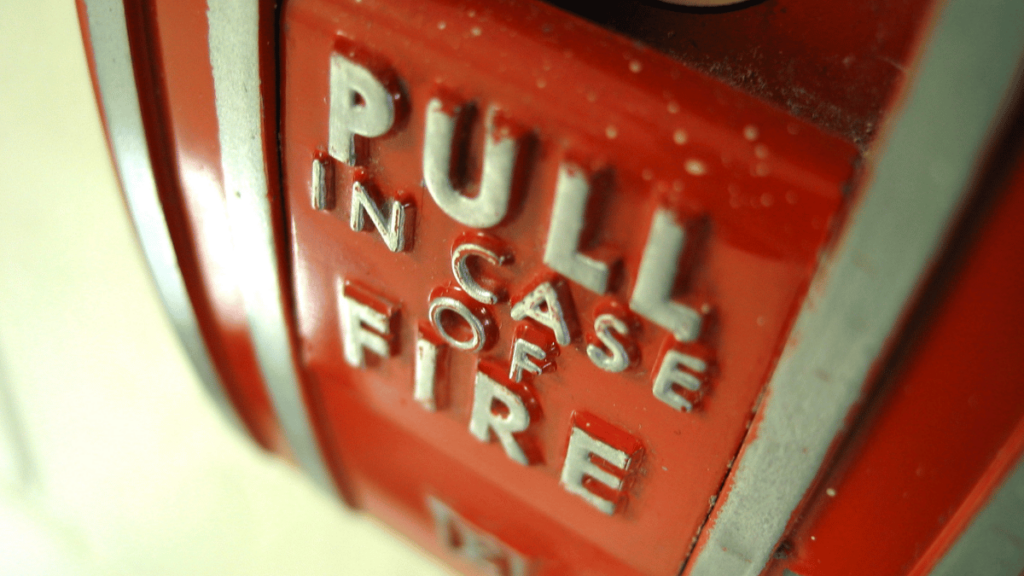Plan of Action for Pet Safety in Case of Fire

Protecting our beloved pets during emergencies like fires requires careful planning. Here’s an expanded action plan tailored for you:
Prepare an Emergency Kit:
- Essential Supplies: Stock up on a week’s supply of food, water, and any medications your pets may need.
- First Aid Kit: Include basic first aid supplies specifically for pets, like antiseptic wipes, bandages, and any special items your pet may require.
- Comfort Items: Add a favorite toy or blanket to help soothe your pet during stressful times.
Develop an Evacuation Plan:
- Identify Safe Exits: Determine two exits from each room in your home, ensuring your plan is practical and clear.
- Safe Meeting Point: Choose a safe, predetermined spot outside where everyone (including pets) can gather after evacuation.
Train Your Pets:
- Familiarization with Carriers: Allow pets to explore their carriers regularly, making it a positive space with treats or toys.
- Comprehensive Training: Use positive reinforcement to train your pets on commands that may be crucial during emergencies.
Conduct Fire Drills:
- Frequency of Drills: Conduct fire drills at least once a year, incorporating your pets into the practice to make them more comfortable with the process.
- Adaptability: Make adjustments to your drill based on feedback and experiences from previous practices.
Communicate Your Plan:
- Engage Your Family: Hold family discussions to review and refine the plan regularly, ensuring everyone is on the same page.
- Neighborhood Communication: Inform neighbors about your pets and your plan; they can help if an emergency occurs.
Emergency Identification:
- Microchip Your Pets: Make sure to microchip your pets for reliable identification.
- Documentation: Keep a digital copy of your pet’s medical records and vaccination history, easily accessible on your phone or in the emergency kit.
After an Emergency:
- Health Assessments: Check for injuries or signs of stress in your pets after evacuation. Contact your vet if they seem distressed.
- Emotional Support: Spend quality time with your pets to help alleviate anxiety and provide comfort.
At Animal Medical Center of Pleasanton, we’re committed to supporting your pets’ well-being. Contact us for more ways to prepare for emergencies.

